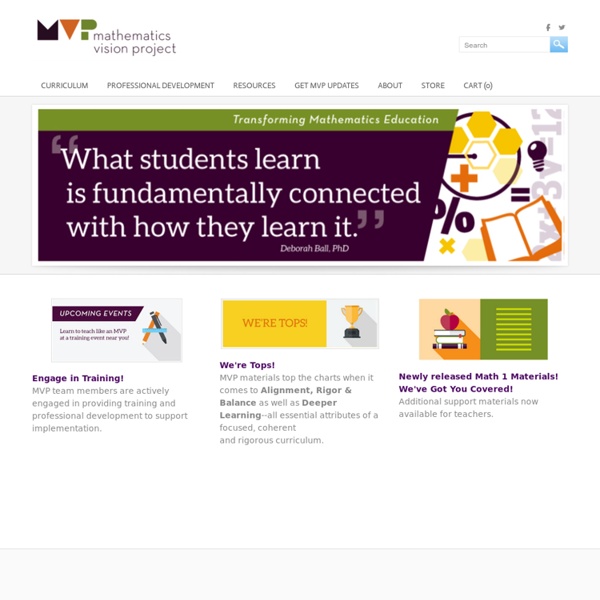



A Huge Collection of Math Olympiad Problems The International Mathematical Olympiad (IMO) Logos from the International Math Olympiad 1988, 1991-1996, 1998-2004 TeX-files with problems from 1959, 1960, 1961, 1962, 1963, 1964, 1965, 1966, 1967, 1968, 1969, 1970, 1971, 1972, 1973, 1974, 1975, 1976, 1977, 1978, 1979, 1980, 1981, 1982, 1983, 1984, 1985, 1986,1987, 1988, 1989, 1990, 1991, 1992, 1993, 1994, 1995, 1996, 1997, 1998, 1999, 2000, 2001, 2002, 2003, 2004, 2005, 2006. William Lowell Putnam Mathematics Competition Putnam is one of the most prestigious mathematics competition in North America,as well as the world. Pdf-files with problems from 2011, 2010, 2009, 2008, 2007, 2006, 2005, 2004, 2003, 2002, 2001, 2000 The Asian Pacific Math Olympiad The `Asian Pacific Math Olympiad' is a regional math Olympiad involving countries around the Pacific Rim. Pdf-files with problems from 2000, 2005, 2006. The Austrian-Polish Math Competition Dvi-files with problems from 1994, 1995. The Balkan Math Olympiad (BMO) The 'Baltic-Way' Russian Math Olympiad
Junior Mathematical Olympiad - United Kingdom Mathematics Trust Around 1,200 of the highest scorers in the JMC are invited to participate in the Junior Mathematical Olympiad. It consists of a two-hour paper of more in-depth mathematical problems to which there are two sections: Section A requires answers only whereas full written solutions are required for Section B. For some pupils this may be an unfamiliar exercise and an enjoyable introduction to this kind of mathematical activity. Papers are set and marked by the UKMT, as for the Intermediate Mathematical Olympiad. Note that papers are marked almost immediately after the JMO date as we aim to return them to all candidates before the end of the summer term. The top 25% of scorers receive a Certificate of Distinction; candidates who score below this and who qualified automatically for the JMO via the JMC receive a Certificate of Participation. Medals are allocated on the following basis. A book prize is awarded to the top 50 students in each paper. Questions and Solutions Booklet Top
archive Today we will continue our study of random variables, including the ideas of expected value and variance. The students will solve a Math Kangaroo test from one of the years past and a few extra problems collected for us by Samir's mom, Sarita. We will be looking at more geometry problems in the vein of contests like the Math Kangaroo, this time with a focus on area. (note: the title and date on the handout are incorrect. The date should read 3/10/13 and the title should concern areas, not angles. This was corrected on the version that was passed out in class.) Handouts: Areas In this lecture, we will take a look at the murky surroundings of Euclid's 5th Postulate, possibly the most controversial scientific statement of all times.
Internationale Mathematik-Olympiade International Mathematical Olympiad de en es fr ru Problems Language versions of problems are not complete. E-mail: Kirsten Rosenkilde (Secretary general of the IMO Board) • Webmaster: webmaster@imo-official.org • Copyright © 2006 International Mathematical Olympiad. Supported by Google All Soviet Union Math Competitions There are 579 problems in the set. So far I have got up solutions for 1961 thru 1967 and most of 1968 and 1988. Many thanks Vladimir Pertsel who first made the years up to 1987 available on the internet in English many years ago (before the web). His pioneering work has saved me much time. As I understand it, the history was as follows. The problems were intended for schoolchildren aged 14-17. The years up to 1987 are apparently published in Russian with solutions in Vasilev N B, Egorov A A, The problems of the All-Soviet-Union mathematical competitions, Moscow, Nauka 1988. The years from 1989 to 1992 were published in English with solutions by Arkadii Slinko, USSR Mathematical Olympiads 1989-1992, Australian Mathematical Trust, 1997, ISBN 0646336185.
AMC 12 Problems and Solutions Art of Problem Solving You are here: Resources » AoPSWiki » AMC 12 Problems and Solutions AMC 12 Problems and Solutions From AoPSWiki AMC 12 problems and solutions by test: Resources Retrieved from " Category: Math Contest Problems This page was last modified on 7 February 2014, at 00:29. AMC 10 Problems and Solutions Art of Problem Solving You are here: Resources » AoPSWiki » AMC 10 Problems and Solutions AMC 10 Problems and Solutions From AoPSWiki AMC 10 problems and solutions by test: Resources Retrieved from " Category: Math Contest Problems This page was last modified on 16 February 2014, at 21:44.
2012 AMC 10A Art of Problem Solving You are here: Resources » AoPSWiki » 2012 AMC 10A From AoPSWiki 2012 AMC 10A problems and solutions. Retrieved from " This page was last modified on 8 February 2012, at 18:46.